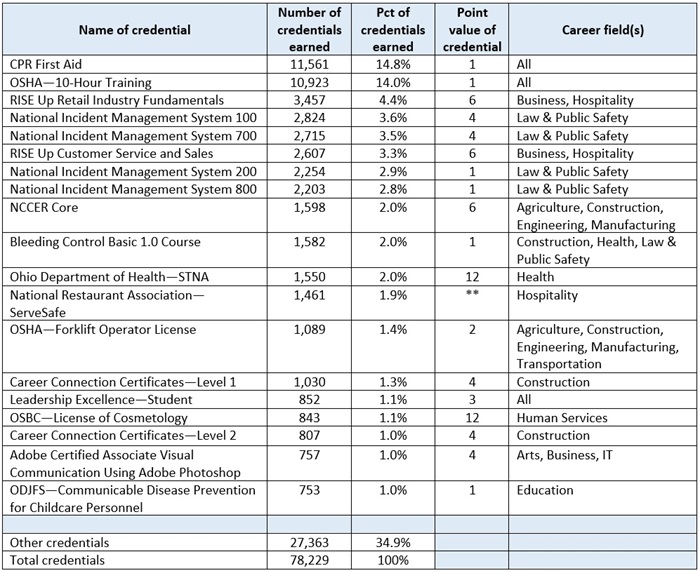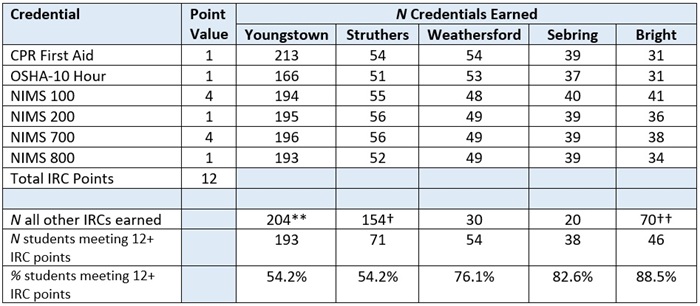Schools across America continue struggling to help their students catch up following unprecedented learning losses resulting from pandemic school closures beginning in March 2020. It is vital—both to address current needs and to stash away for future use—to determine which methods work to boost student achievement. To that end, a group of researchers, led by Stanford University’s Susanna Loeb, recently examined a high-dosage tutoring effort called OnYourMark, a fully virtual model designed to solidify foundational literacy skills for students in kindergarten through second grade.
The program features a high-quality curriculum informed by the science of reading with a focus on phonics, phonological awareness, and fluency. It includes four twenty-minute sessions per week in either one-on-one or two-on-one formats, regular progress monitoring, and two-week “lesson sprints” that use student data to target specific early literacy skills.
Although OnYourMark currently serves more than 1,400 students across multiple states, the study focuses on how a single charter management organization used the program in twelve Texas schools during the 2022–23 school year. In each school, building-level staff first selected the students who were most in need of academic help (approximately ten per building), and these were given guaranteed access to limited tutoring slots. These 121 students are thus excluded from the study sample, as their enrollment in tutoring was not determined by random assignment. The remaining students in grades K–2 were randomly assigned to available slots in one-on-one tutoring (N=510), two-on-one tutoring (N=570), or a control group (N=1,005) that generally received only regular classroom instruction. Participating students received tutoring in their classrooms from online tutors. A small number of control group students did cycle into tutoring during the year if a slot became available, but they remained in the control group for purposes of the study.
Student performance data come from end-of-year DIBELS testing for basic literacy skills and NWEA MAP testing for reading fluency. Administrative data for comparison include student demographics, school attendance rates, and prior test performance.
At the highest-/simplest-level of analysis, all students assigned to OnYourMark tutoring did better than their control group peers, scoring approximately 0.08 standard deviations (SD) higher on end-of-year early literacy tests. The researchers then break down the overall findings across numerous individual variables. For just two statistically significant examples: Kindergartners benefitted from treatment more than students in other grade levels, and prior low-performers benefitted more than prior high-performers. Additionally, participation in the one-on-one tutoring mode boosted test performance more than did participation in two-on-one mode.
The researchers then combine several variables to find that maximal treatment effects accrued to first graders assigned to one-on-one tutoring (0.19 SD over their control group peers) and to prior low-performers in one-on-one tutoring (0.18 SD).
The research team concludes that the virtual effort appears less effective than in-person tutoring of similar quality and intensity, based on their review of prior research. However, the positive impacts of virtual tutoring compared to no tutoring are also apparent. High-quality and in-person high-dosage tutoring is definitely an effective tool to help students recover from pandemic learning loss. But in locations where in-person options are not available at scale, these positive findings should give school leaders and parents some confidence that a well-designed virtual program can be part of the solution.
SOURCE: Susanna Loeb et al., “The Effects of Virtual Tutoring on Young Readers: Results from a Randomized Controlled Trial,” National Student Support Accelerator (October 2023).












